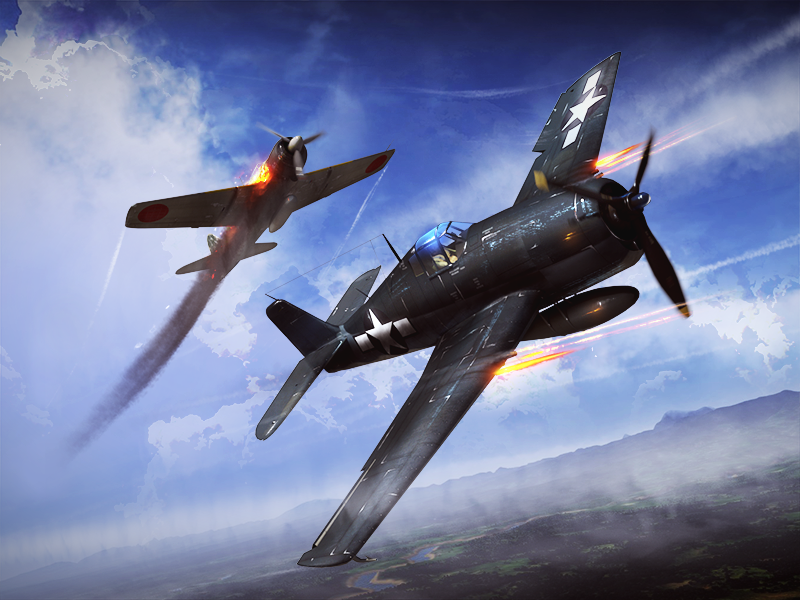
System Requirements
- For PC
- For MAC
- For Linux
Minimum
- OS: Windows 10 (64 bit)
- Processor: Dual-Core 2.2 GHz
- Memory: 4GB
- Video Card: DirectX 11 level video card: AMD Radeon 77XX / NVIDIA GeForce GTX 660. The minimum supported resolution for the game is 720p.
- Network: Broadband Internet connection
- Hard Drive: 23.1 GB (Minimal client)
Recommended
- OS: Windows 10/11 (64 bit)
- Processor: Intel Core i5 or Ryzen 5 3600 and better
- Memory: 16 GB and more
- Video Card: DirectX 11 level video card or higher and drivers: Nvidia GeForce 1060 and higher, Radeon RX 570 and higher
- Network: Broadband Internet connection
- Hard Drive: 75.9 GB (Full client)
Minimum
- OS: Mac OS Big Sur 11.0 or newer
- Processor: Core i5, minimum 2.2GHz (Intel Xeon is not supported)
- Memory: 6 GB
- Video Card: Intel Iris Pro 5200 (Mac), or analog from AMD/Nvidia for Mac. Minimum supported resolution for the game is 720p with Metal support.
- Network: Broadband Internet connection
- Hard Drive: 22.1 GB (Minimal client)
Recommended
- OS: Mac OS Big Sur 11.0 or newer
- Processor: Core i7 (Intel Xeon is not supported)
- Memory: 8 GB
- Video Card: Radeon Vega II or higher with Metal support.
- Network: Broadband Internet connection
- Hard Drive: 62.2 GB (Full client)
Minimum
- OS: Most modern 64bit Linux distributions
- Processor: Dual-Core 2.4 GHz
- Memory: 4 GB
- Video Card: NVIDIA 660 with latest proprietary drivers (not older than 6 months) / similar AMD with latest proprietary drivers (not older than 6 months; the minimum supported resolution for the game is 720p) with Vulkan support.
- Network: Broadband Internet connection
- Hard Drive: 22.1 GB (Minimal client)
Recommended
- OS: Ubuntu 20.04 64bit
- Processor: Intel Core i7
- Memory: 16 GB
- Video Card: NVIDIA 1060 with latest proprietary drivers (not older than 6 months) / similar AMD (Radeon RX 570) with latest proprietary drivers (not older than 6 months) with Vulkan support.
- Network: Broadband Internet connection
- Hard Drive: 62.2 GB (Full client)
: The Battle of Leyte Gulf
Attention! Outdated news format. Content may not display correctly.
Attention! This news was published on the old version of the website. There may be some problems with news display in specific browser versions.
War Thunder presents special event: from October 23rd 15:00 GMT (08:00 PDT) to October 24th 15:00 GMT (08:00 PDT):
x5 EXP bonus for the first victory for all nations
+30% EXP bonus for destroying naval units
Event added:
[Operation] Iwo Jima (Historical Battles difficulty). Plane set-up:
Team А (USА): F4U-1a, F4U-1d, F4U-1c, F6F-3, SBD-3, TBF-1c and B-24D
Team B (Japan): A6M3, A6M3 mod.22, A6M5, A6M5 ko and G4M1

By Mark Barber
By the summer of 1944 the war in the Pacific had turned against the Japanese. A series of clashes with Allied forces had forced the Japanese military into a retreat, surrendering much of their early gains in theatre. The home islands of Japan itself were now within bombing range by air, which had a devastating effect on the propaganda-duped morale of the Japanese people who had been told that the war was almost won.
Faced with the decision of how best to continue the advance, the island of Leyte in the central Philippines was chosen as the Allies’ next strategic target. The US Navy’s 3rd and 7th Fleet, supported by elements of the Royal Australian Navy, clashed with the First Striking Force of the Imperial Japanese Navy in what some historians have quoted as the largest naval battle in history.
This epic confrontation resulted in a crushing defeat for the Japanese, who suffered over 12,000 casualties – more than four times as many as the US Navy’s losses. From the air, stand out feats included the Japanese attack on the USS Princeton, and the now legendary exploits of Cdr David McCampbell. A Japanese D4Y ‘Judy’ bomber hit the light carrier USS Princeton with a single 550 pound bomb; the bomb crashed through the wooden flight deck and the damage was so severe that the ship had to be abandoned and destroyed. Furthermore, secondary explosions occurred whilst the cruiser USS Birmingham was attempting to provide aid, resulting in a further 233 killed. The standout moment from the air was when McCampbell led twelve Hellcats against a force of 60 Japanese aircraft; the US Navy pilots shot down half of the Japanese force including a staggering nine aircraft attributed to McCampbell in that single confrontation.
After the largest losses ever suffered by the Japanese Navy, the stage was now set for the US 6th Army’s amphibious assault of the Philippines…
 |
About the author:Mark Barber, War Thunder Historical ConsultantMark Barber is a pilot in the British Royal Navy's Fleet Air Arm. His first book was published by Osprey Publishing in 2008; subsequently, he has written several more titles for Osprey and has also published articles for several magazines, including the UK's top selling aviation magazine 'FlyPast'. His main areas of interest are British Naval Aviation in the First and Second World Wars and RAF Fighter Command in the Second World War. He currently works with Gaijin as a Historical Consultant, helping to run the Historical Section of the War Thunder forums and heading up the Ace of the Month series. |
Read more:



